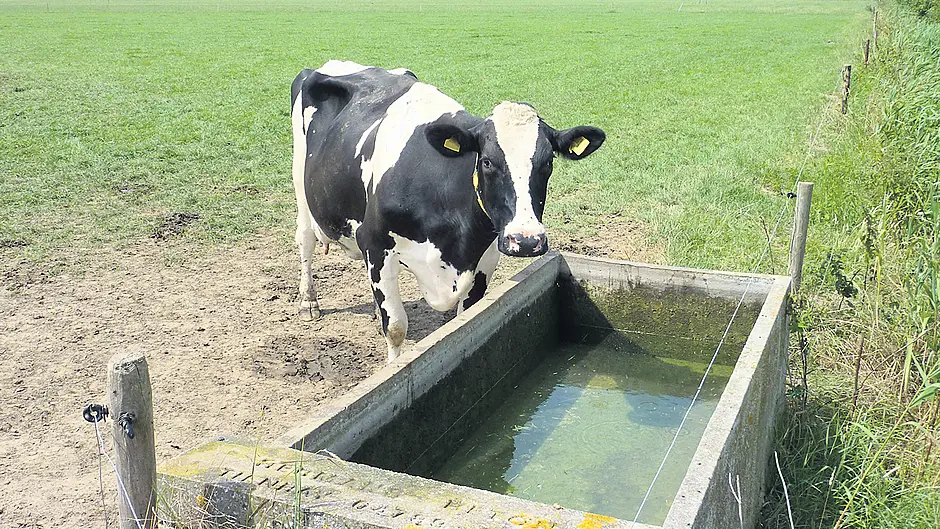THE highest number of TB cases was detected in herds in Ireland last year since 2013, making it the third year in a row of increasing levels of the devastating disease.
This has prompted the Department of Agriculture to appeal to famers to be vigilant and reverse the trend in 2020.
As of December 31st, national herd incidence for bTB (bovine TB) stood at 3.72%, marginally up on 2018 (3.51%) and 2017 (3.47%). According to the Department: ‘This means that since the beginning of 2019, 3.72% (4,060 herds) of all herds tested for bTB have experienced a new breakdown, ie, they have had at least one animal that tested positive for bTB.’
Areas worst hit were the north east of Ireland (Monaghan, Cavan, Louth and North Meath) as well as parts of Clare (4.6%), North Cork (6.12%) and Wicklow (12%, and the highest herd incidence).
The Department added: ‘The herd incidence in Monaghan of 7.02% and Cork North of 6.12% (which is significantly higher than the national herd incidence of 3.72%) are particularly relevant as they have higher cattle densities than other counties and this therefore indicates greater amounts of bTB. Cork North also had the highest number of reactors at 1,993. Monaghan had the second highest at 1,336 followed by Clare with 1,190 reactors.’
Statistics for Cork were split between North Cork and South Cork. By the end of the year, herd incidence in South Cork stood at 3.1%. Some 5,798 of South Cork’s 5,926 herds were tested. Some 181 herds were restricted, with 96 still restricted by the end of the year.
The Department said the expansion of the dairy herd since 2015 has played a role in the rising cases: ‘Dairy herds, larger herds, and herds which introduce more cattle are all more at risk of bTB breakdowns. A total of 52% of all bTB reactors in 2019 were in dairy herds, while there were approximately 2.8 million farm-to-farm cattle movements last year.
‘We know the risks from many years of scientific research. Risks must be addressed by national policy changes and by actions at farm level. As we enter into the decade towards 2030 this is a pivotal year for Ireland’s bTB eradication programme and it is critical that, through working in partnership and joint ownership, all stakeholders take the necessary actions to reduce disease transmission, protect herds from new infections, and clear bTB from restricted herds.’
For practical advice and information on bovine TB, google DAFM TB videos.
Subscribe to the Southern Star's YouTube channel, like us on Facebook and follow us on Twitter and Instagram for all the latest news and sport from West Cork.







